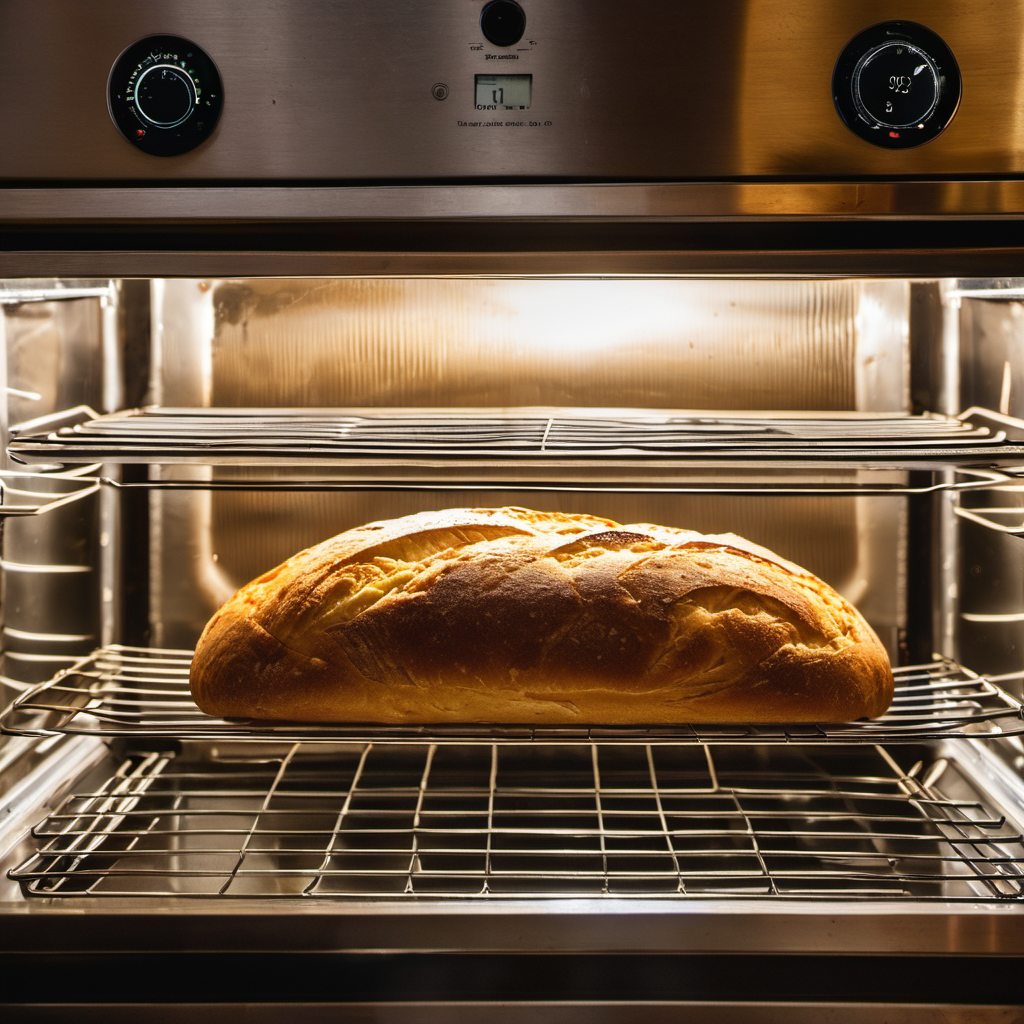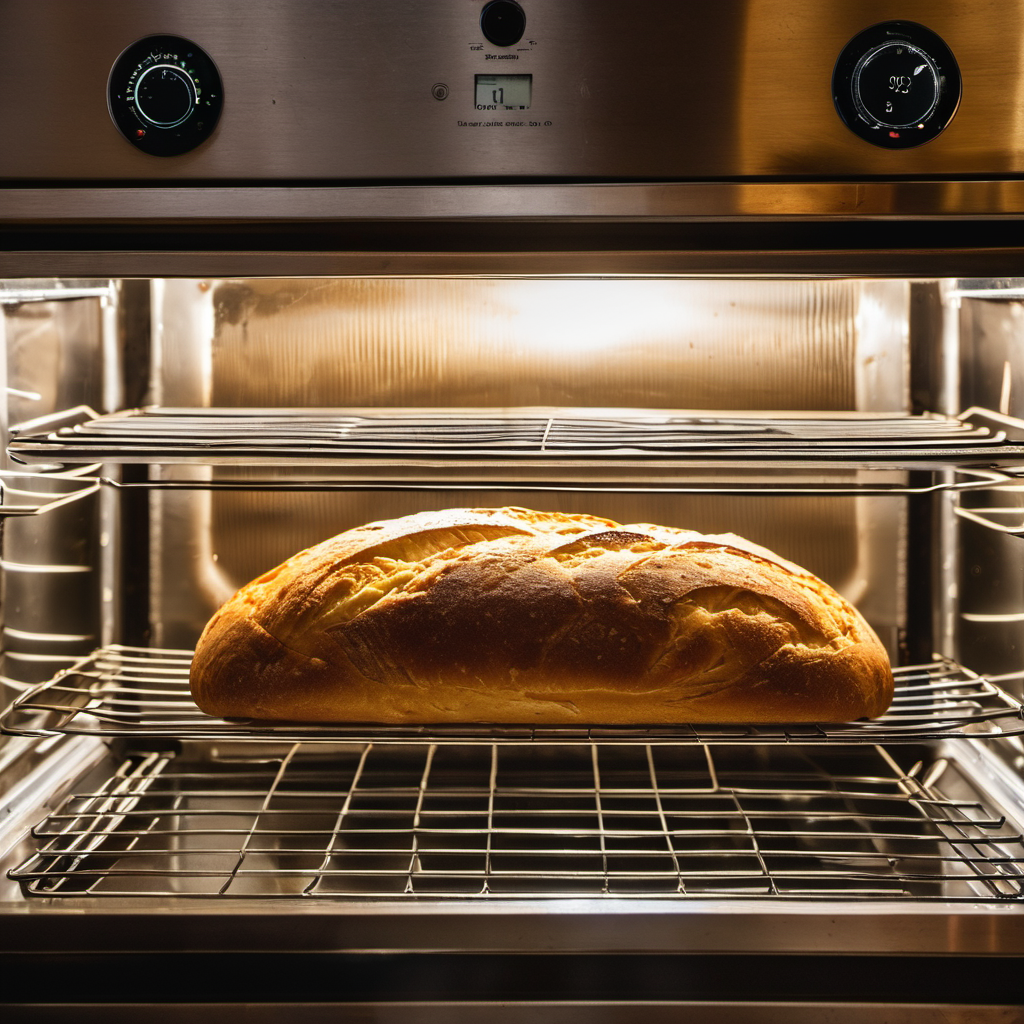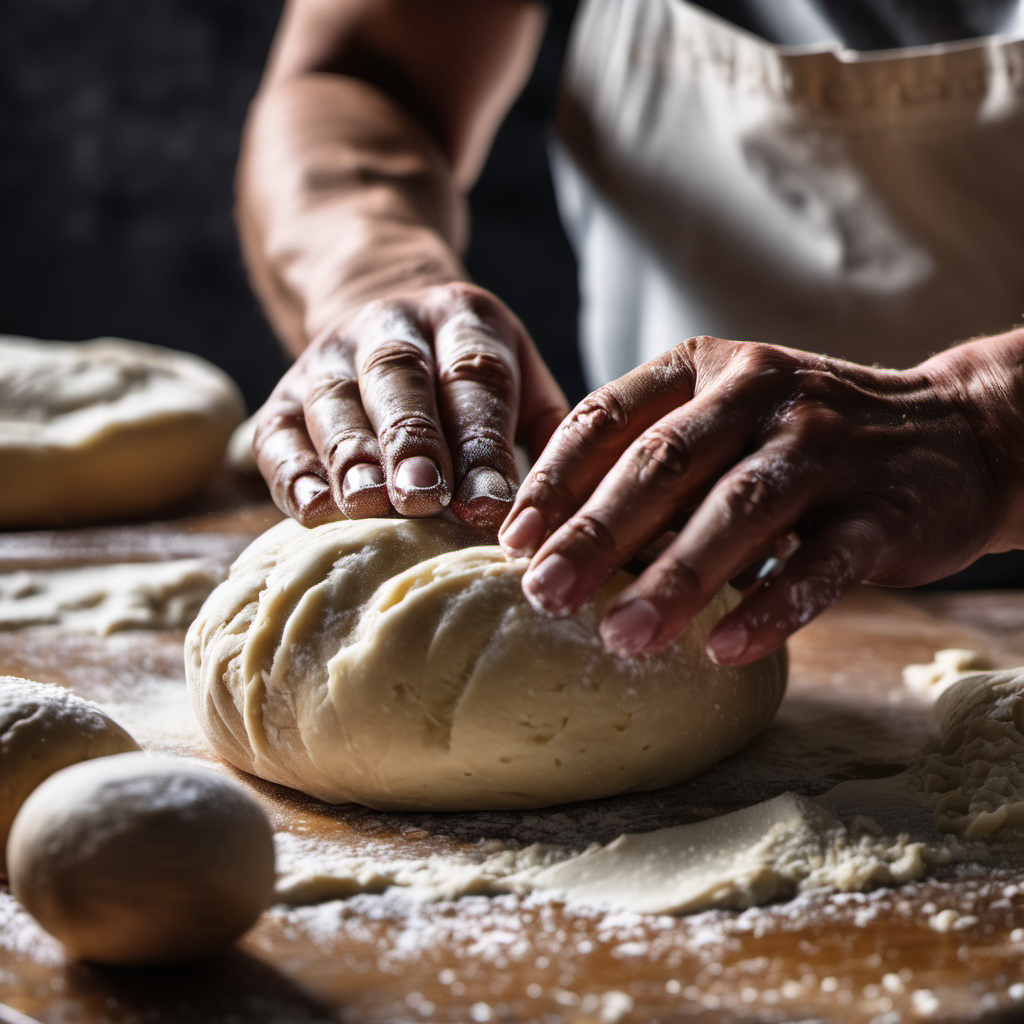Chapter 5-1 The stories & protagonists
Storytelling is at the heart for the #KommMit strategy: specifically, developing and sharing stories of everyday lives of Muslims in Germany designed to bring to life the target value appeals and shift the discourse away from the current situation, where accusatory stories of parallel societies and unfounded security threats of Muslims dominate.
This chapter unpacks this important aspect of the pilot to give insight into:
- the most successful the stories from the pilot in storyboard format and why they worked;
- the strategic foundations and longer-term expansion plans for the stories in #KommMit project;
- the key learnings from the process of developing these stories including:
◦ working with protagonists
◦ the interview approach
◦ building stories from the interview data.
Throughout the chapter, we provide checklists to help those interested in this narrative change storytelling approach with protagonists to get started in this area of work.
5.1 Top performing stories in the #KommMit pilot
The three storyboards below were the top performing stories of a total of nine tested in the #KommMit pilot. For each one, we also provide an overview of the targets for the story following the KFC model, i.e. what we want the audience to Know, Feel, and do/Call to action (See section 5.5.2 for more on the KFC model).
5.1.1 Murat – Honey Story
This story moved attitudes among the target segment, ‘The Established’ by +10% in the positive on Muslims and migration in a Randomised Controlled Trial test. See Chapter 3 for more detail on the test and testing results.
Targets for the story:
| Value appeals | Interdependence, Solidarity, Participation, Stability |
| Topline narratives | Stronger together in overcoming challenges |
| What we want the audience to know (K) | Murat is a core part of the community and supports any way he can. He’s caring, responsible and generous, managing to take care of the bees, and wanting to share the fruits of the labour with the community/neighbours. |
| What we want the audience to feel (F) | Sweetness, warm, grateful, appreciative, trusted and trusting |
| Call to action (C) | Find out more about Murat and #KommMit on the project website. |
| Scene | Visual | ENG |
|---|---|---|
| 1 | 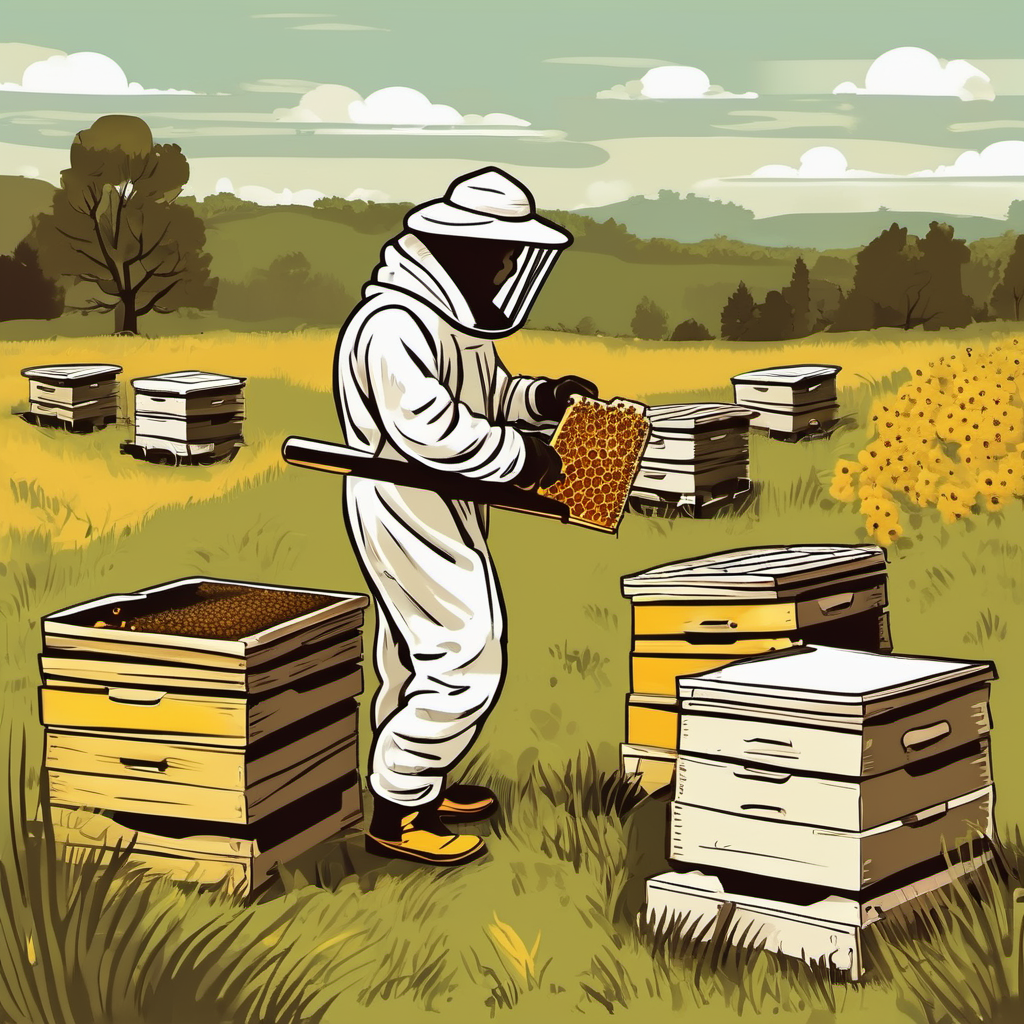 |
For four years, the village carpenter has been caring for the local bees. “People who like honey have a certain ethic as a human being. They’re open. Respectful.” |
| 2 | 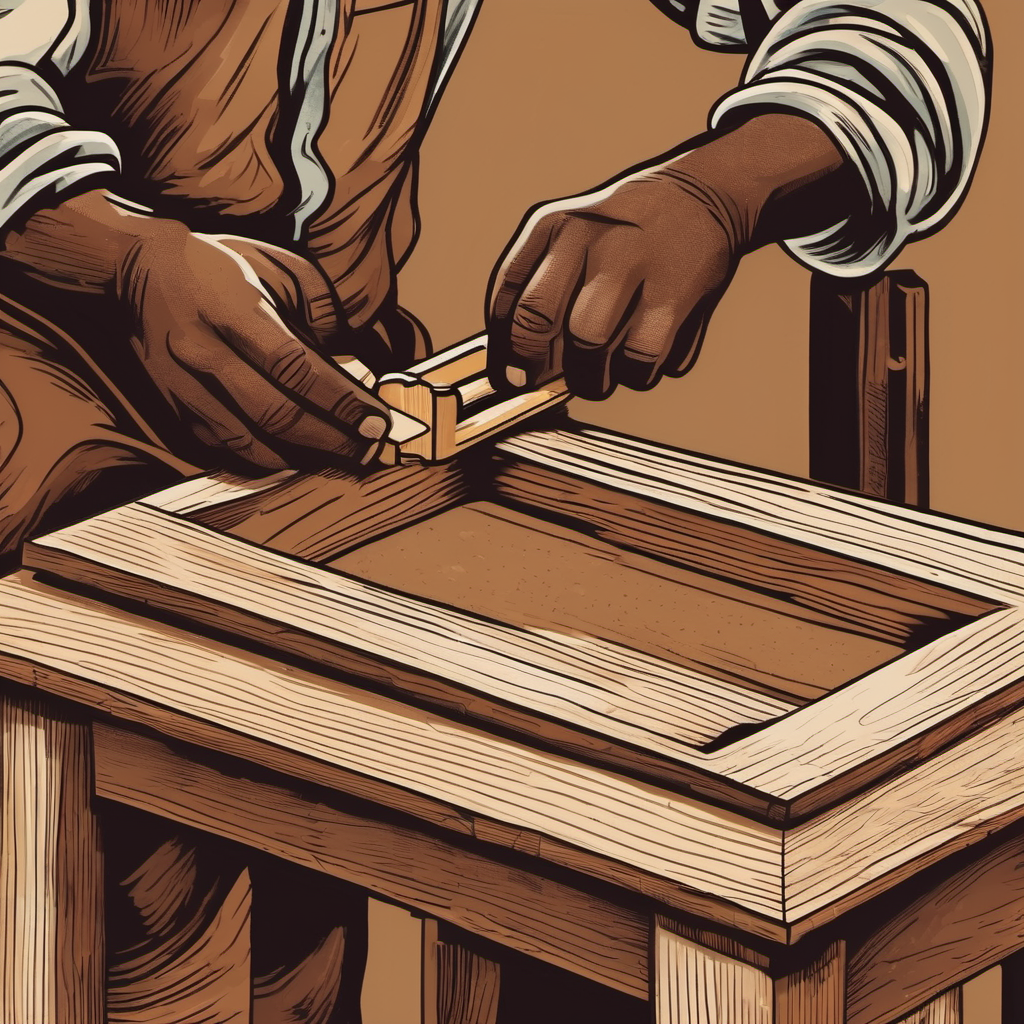 |
To share his love of honey, he made a little wooden house and trust box. |
| 3 | 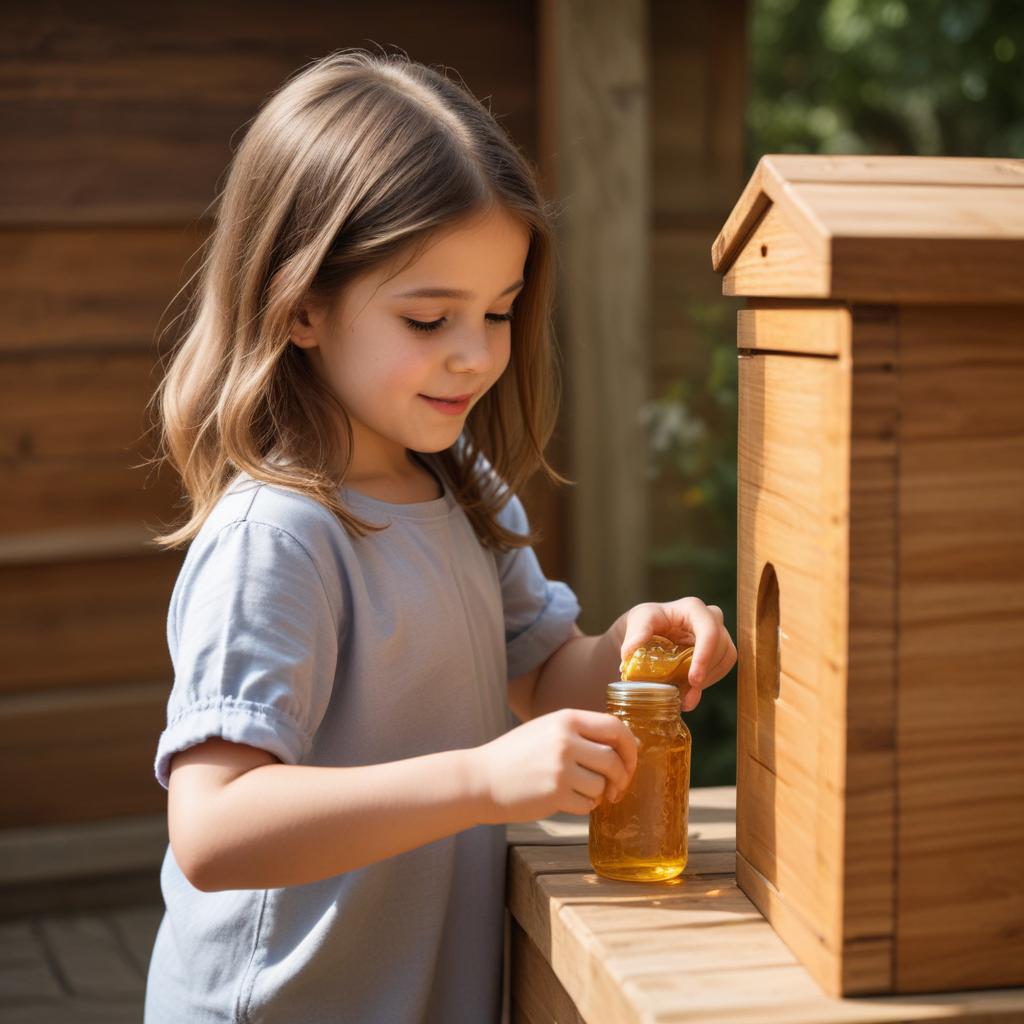 |
Now, everyone in the community can enjoy honey from their local bees whenever they want to. |
| 4 | 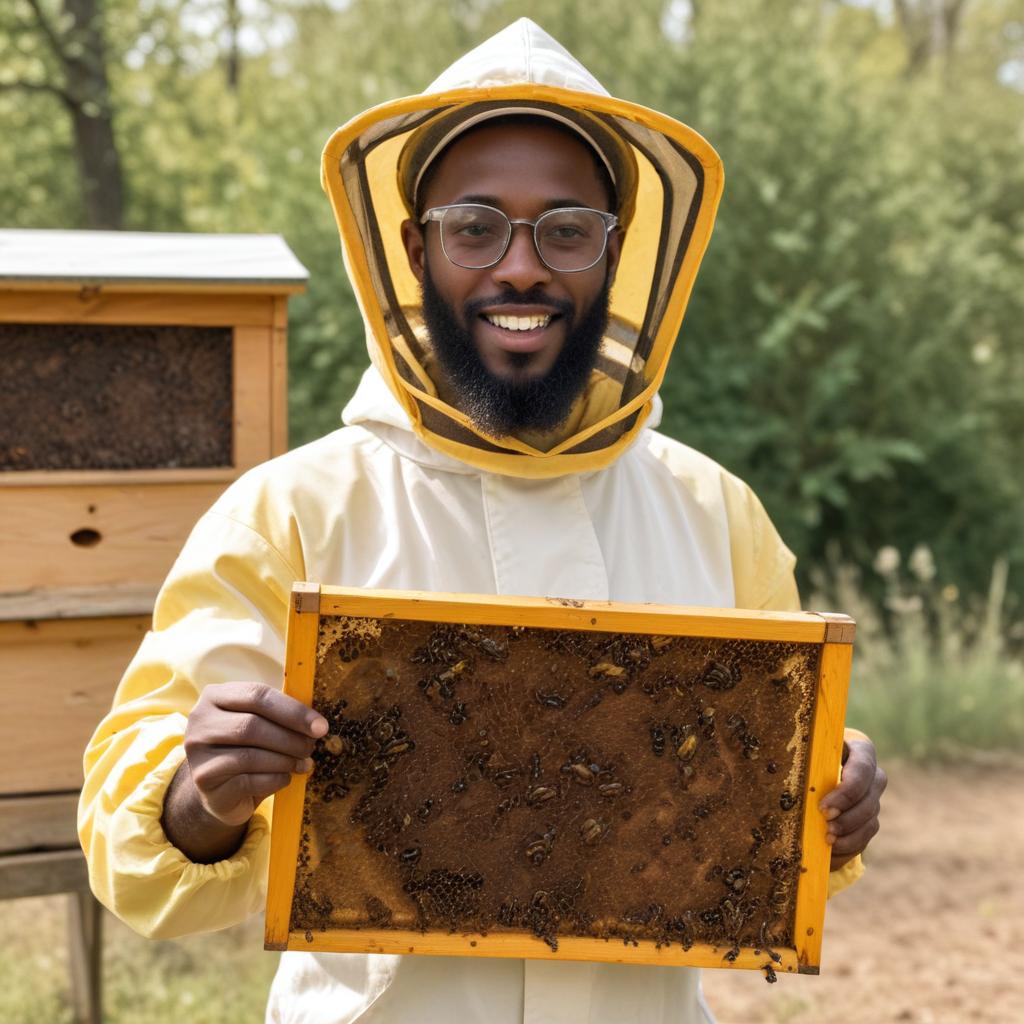 |
People come for Murat’s honey and end up becoming his friends. |
| 5 | 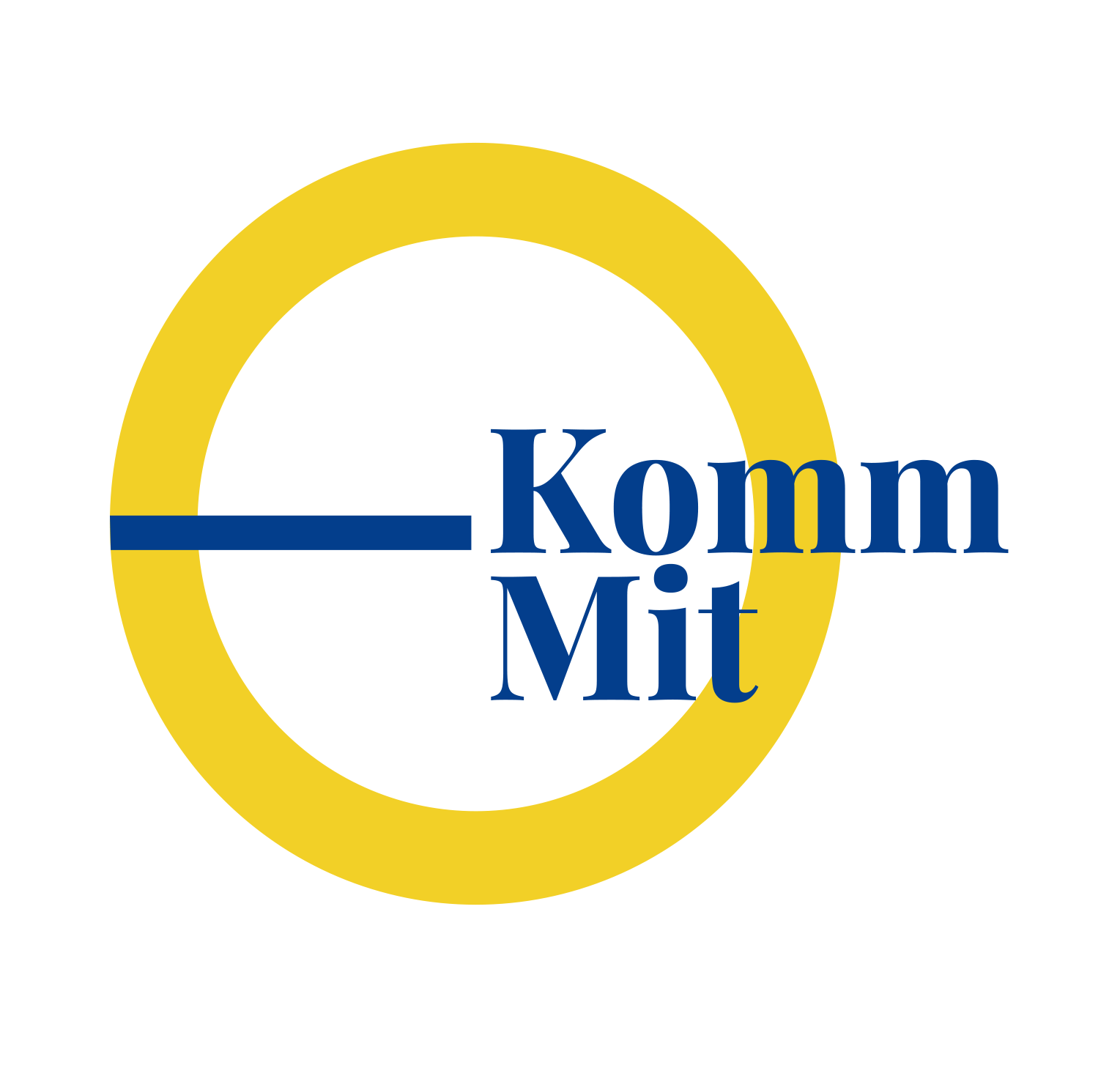 |
Find out more about Murat #KommMit |
Table 7: Murat – The Honey Storyboard
Why this story works
Getting the right balance of resonance and dissonance in these stories is key. What resonates in this story on a first level is the focus on beekeeping and honey. Many people experience warmth and a sense of connection about keeping bees and it immediately speaks to the positive traits of community, care, preservation and of course, sweetness. Having the local carpenter as the one who does this for the community demonstrates his level of participation. The fact that he shares his honey using the ‘trust box’ is clearly the icing on the cake for interdependence in a small community. The warm emotions this story induces is topped off with the ‘home sweet home’ hashtag.
The dissonance or challenge for the audience comes when they find out the name and see the face of the carpenter later in the story – this is not who they are hardwired to expect playing such an integrated role in a small German community. Managing this type of reveal in such stories can be an important method of getting the right balance of resonance and dissonance. For example, many campaigners have featured people with migration backgrounds with strong local regional accents in this manner. So, the audience hears the person speak before seeing them, and the surprise factor has proven to work well as a tactic to get target audiences to question their assumptions and prejudices. In this way, this story directly challenges the social separation arguments that are at the core of ‘Us versus Them’ and ‘Parallel Societies’ frames that often drive the current polarising debate.
5.1.2 Murat – Renovation story
This story moved attitudes among the target ‘Established’ segment by +9% in the positive on Muslims and migration in a Randomised Controlled Trial test. See Chapter 3 for more detail on testing results.
Targets for the story:
| Value appeals | Participation, Contribution, Interdependence, Solidarity, Stability |
| Topline Narratives |
Stronger together in overcoming challenges |
| What we want the audience to know (K) | That it takes time and patience to for anyone to build relationships and trust, and the extent that Murat has become a trusted member of the community by going through the normal process, and now even holding the keys to public buildings. |
| What we want the audience to feel (F) | Trusting, safe, secure, reassured, respect, hope |
| Call to action (C) | Find out more about Murat and #KommMit on the project website. |
| Scene | Visual | ENG |
|---|---|---|
| 1 | 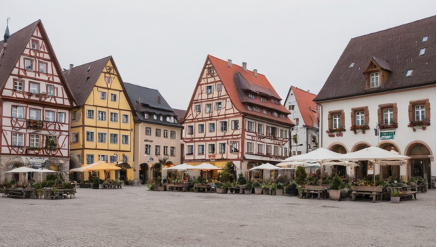 |
The new carpenter didn’t know anybody when he first moved to Steinfurth to take on the role of village carpenter after the previous one passed away. |
| 2 | 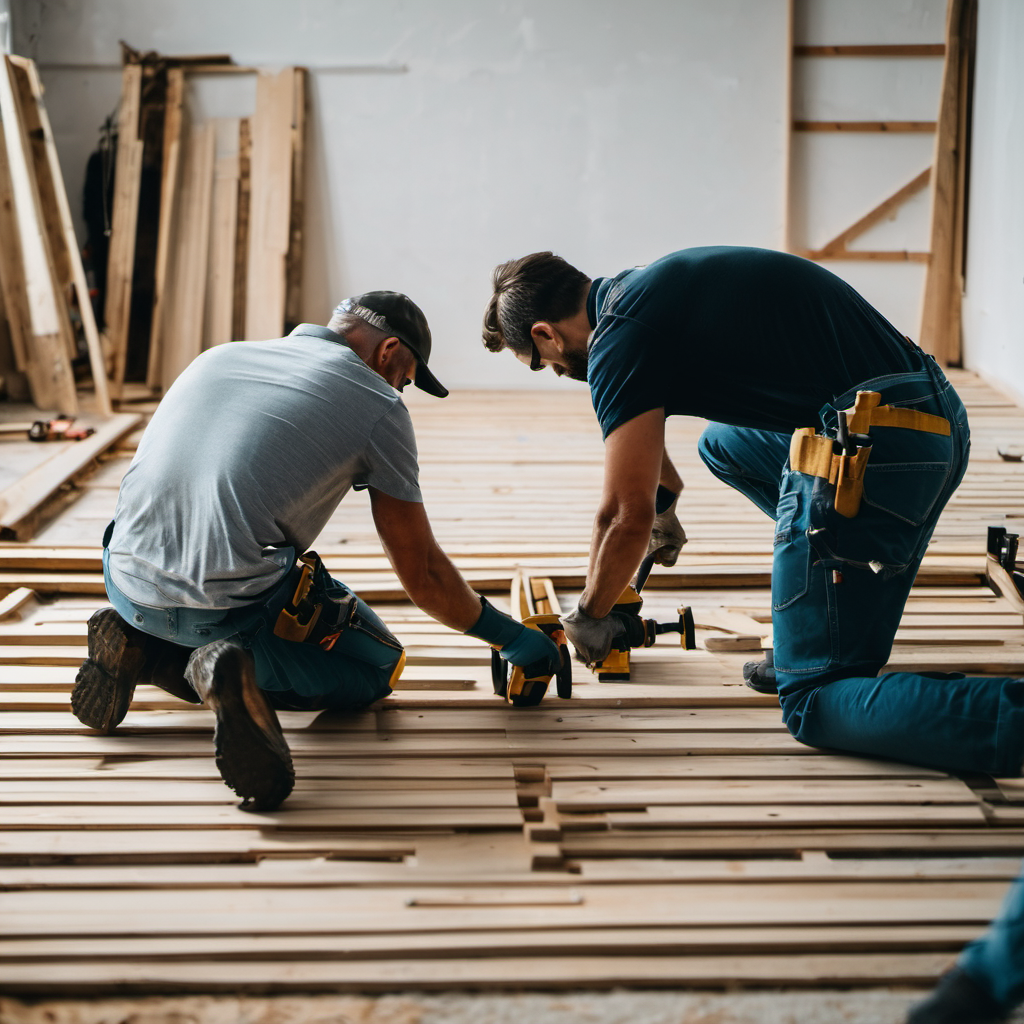 |
Over time, villagers and people from the wider region asked Murat for help with buildings and repairs. They saw his love for craft. Step by step, strangers became neighbours and friends. |
| 3 |  |
As a result, he’s been entrusted to hold the keys to neighbours houses and village buildings, like the kindergarten. |
| 4 |  |
Restoring the old blue door of the local church was a special moment for Murat: |
| 5 | 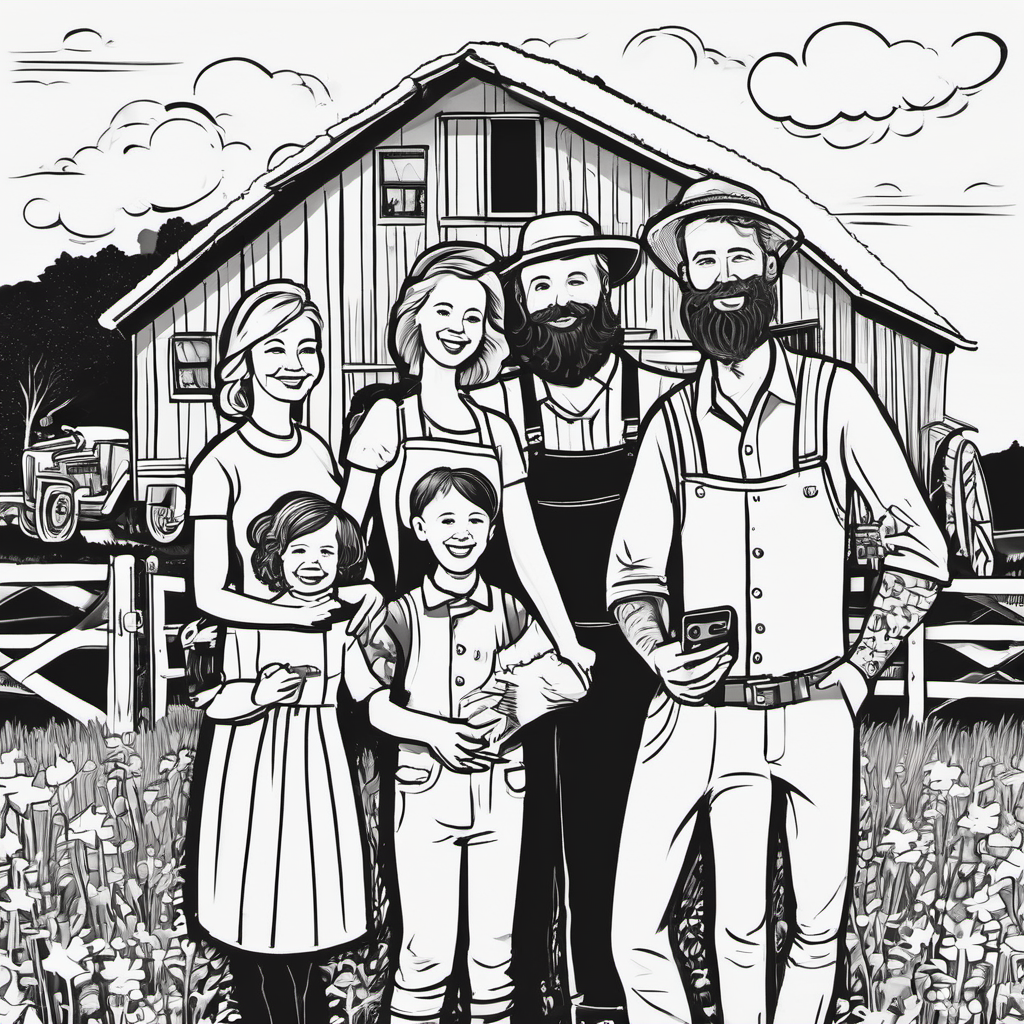 |
Murat is devoted to preserving the craft, tradition and local infrastructure for us all, today and the future. |
| 6 | 
|
Find out more about Murat #KommMit |
Table 8: Murat – The Renovation Storyboard
Why this story works
Many aspects of this story serve to build resonance among the target middle audience. Starting from the topline narrative of the ‘shared challenge of moving’ to a small community, which is hard for anyone and induces empathy from those reading Murat’s story. The fact that there is no magic bullet also induces respect and admiration, as Murat shares that he built up his business and found his friends in a step by step manner, through all the normal challenges as well as some extra ones he experienced as a Muslim. Over time, he builds the trust of the community to the point that he is a keyholder for many in his community. The role of keyholder speaks volumes: in a community, it is a simple but very significant indicator of trust built, interdependence and solidarity.
As a spiritual man very interested in community, he loves spaces that feed and support the soul of the community and works on repairing and restoring the church door, again reinforcing the sense of trust and solidarity. The blue door works well as a very memorable and striking image to reinforce this message. In a broader sense, there is ongoing challenge in such small communities of continuing the tradition of having local tradespeople, and through Murat’s commitment, he brings stability and hope for the future.
The dissonance created through this story is what is at the heart of #KommMit: a simple everyday story of a tradesperson - who happens to be of Muslim background - building a new life in a small community. And while he experiences ups and downs, he does manage to find his place and become a trusted community member. This is obviously in stark contrast to the ‘parallel societies’ frame that is very common in the public debate. Lastly, the fact that a carpenter of Muslim faith takes so much care and pride in restoring the old blue church door is unexpected for this middle audience, and challenges the widely held view that Islam and Muslims are intolerant of other religions and wish to remain outside of shared community life - misconceptions which are at the heart of the ‘parallel society’ frame.
5.1.3. Ayoub – Apprenticeship & mentoring story
This story moved ‘The Established’ by +6% in the positive on attitudes to Muslims and migration in a Randomised Controlled Trial test. See the video made from this storyboard [with English subtitles] and Chapter 3 for more on test results.
Targets for the story:
| Value Appeal | Intergenerational Future, Interdependence, Solidarity, Participation, Stability |
| Topline narratives |
Inter-generational future Stronger together in overcoming challenges |
| What we want the audience to know (K) | Ayoub is a passionate baker, as well as learner and mentor in the apprenticeship process. He is concerned about the future of baking and local businesses, especially about how to bring the next generation on board. |
| What we want the audience to feel (F) | Concern, relief and then hope about the future; pride in the apprenticeship system and the people working hard to ensure the future. |
| Call to action (C) | Find out more about Ayoub and #KommMit on the project website. |
| Scene | Visual | ENG |
|---|---|---|
| 1 |
Bread rising in an industrial oven - video |
Between 2009-2019 in NRW, one third of bakeries had to close down. |
| 2 |
Same as above. |
What if you had to travel 25km for your bread? |
| 3 |
Ayoub kneading dough (details of hands). |
Luckily there is Ayoub. |
| 4 |
Ayoub smiling holding a tray of German bread. |
"I've been learning as a baker and pastry chef for almost 16 years" |
| 5 |  |
"I also want to teach new generations." |
| 6 | 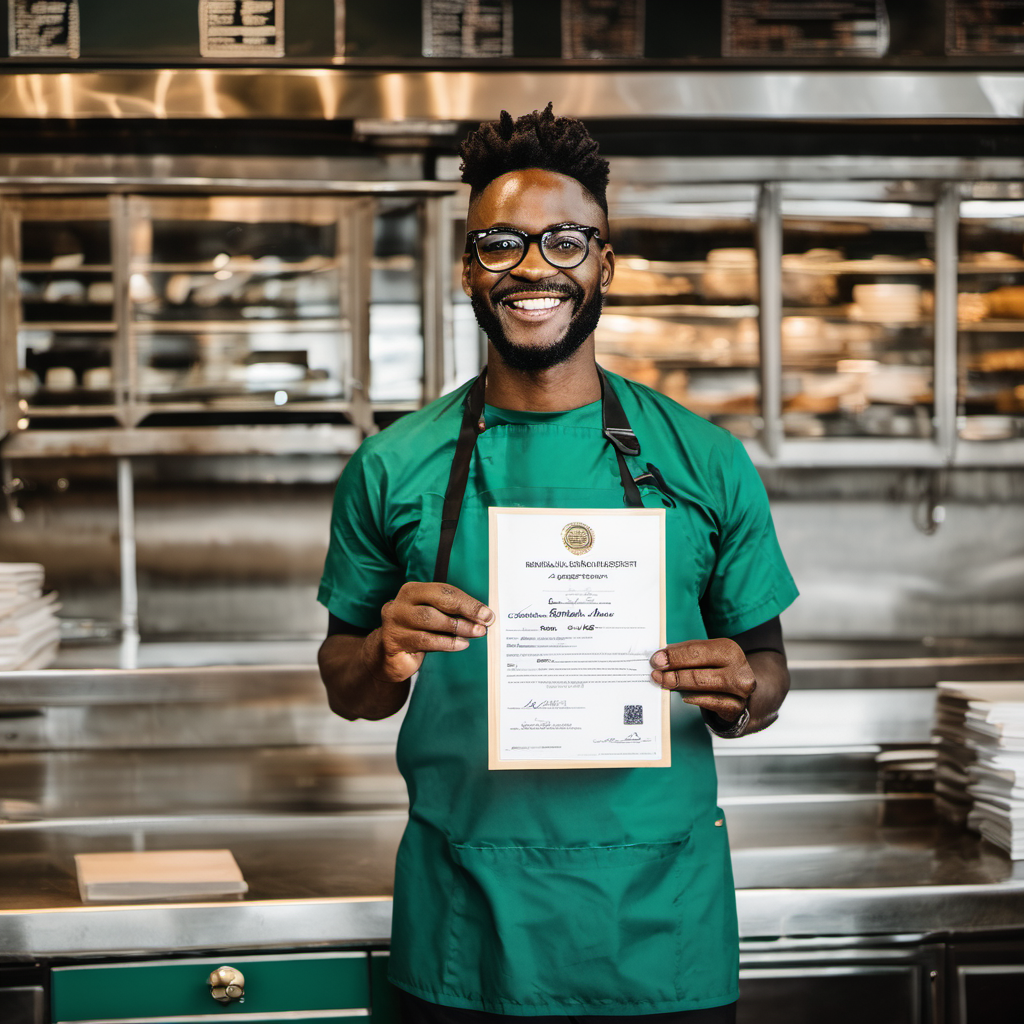 |
"We say here in Germany, no master ever fell from heaven." |
| 7 | 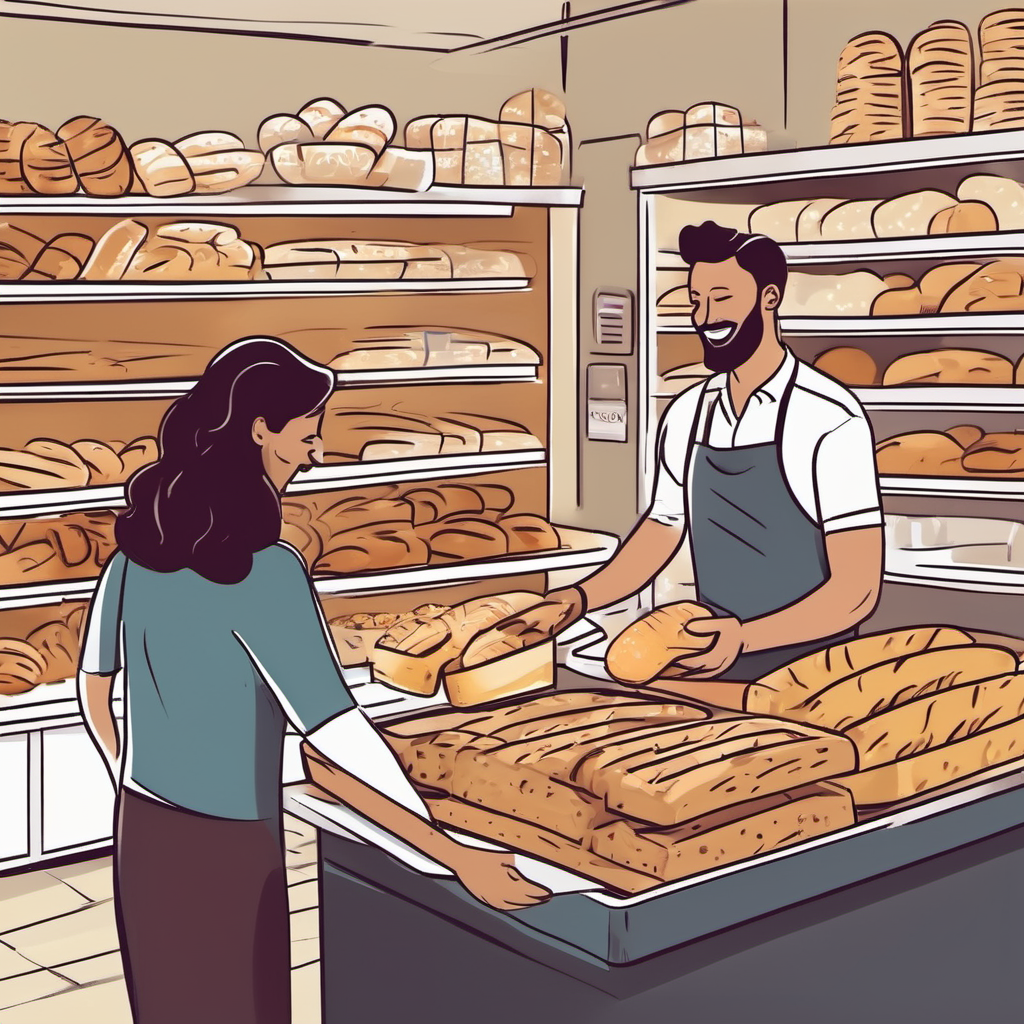 |
And thanks to Ayoub and his colleagues, no one in Lünen will have to travel 25km to the nearest bakery. |
| 8 | 
|
Hungry for more? Find out more about Ayoub #KommMit #BackenWirEsAn |
Table 9: Ayoub – Apprenticeship & Mentoring Storyboard
Why this story works
This story resonates in the challenge experienced by all people living in small communities and the passion of Ayoub as the bridge to the secure future of local bakeries. Local valued businesses such as bakeries are in trouble in many small communities, and they are sorely missed when people are not able to run down the street to get fresh bread rolls on the weekend. So, Ayoub’s interest in the future generations of bakers and the continuity of local businesses is appreciated and induces a positive reaction. Further, Ayoub has an obvious and natural passion for his craft and for his continued learning and apprenticeship - the video demonstrates his baking skills and his personal charm. This serves to bring to life the value appeals of participation, interdependence and shared future.
The dissonance aspect of the video comes from showing how a diverse community is already the future of these more traditional professions in Germany. Seeing and hearing Ayoub passionate about his role in taking forward the baking tradition of a local German family business that has been going for over a century is a direct challenge to the fatalism perspective commonly held around discussions of multiculturalism and integration.
